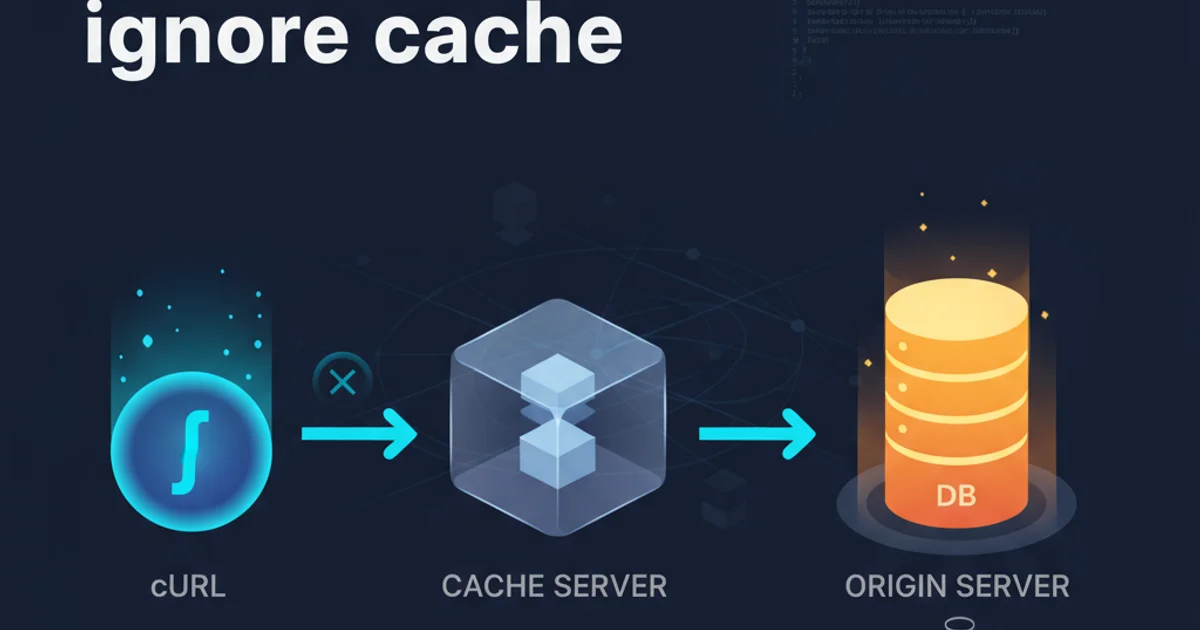How to use Switch in SQL Server
Categories:
Mastering the SWITCH Statement in SQL Server

Explore the versatility of the SQL Server SWITCH statement for conditional logic, from basic expressions to complex case scenarios, and learn how to avoid common pitfalls.
The SWITCH statement, often referred to as CASE in SQL Server, is a powerful construct for implementing conditional logic within your queries, stored procedures, and functions. It allows you to define different outcomes based on various conditions, making your SQL code more readable and efficient than nested IF-ELSE statements. This article will guide you through the syntax, common use cases, and best practices for leveraging the CASE expression in SQL Server.
Understanding the CASE Expression Syntax
SQL Server's CASE expression comes in two primary forms: the Simple CASE expression and the Searched CASE expression. Both allow you to return a single value based on multiple conditions, but they differ in how those conditions are specified.
flowchart TD
A[Start Evaluation] --> B{CASE Type?}
B --"Simple CASE"--> C[Input Expression]
C --> D{WHEN Value 1?}
D --"Yes"--> E[Result 1]
D --"No"--> F{WHEN Value 2?}
F --"Yes"--> G[Result 2]
F --"No"--> H[ELSE Result (Optional)]
H --> I[End Evaluation]
E --> I
G --> I
B --"Searched CASE"--> J{WHEN Condition 1?}
J --"Yes"--> K[Result 1]
J --"No"--> L{WHEN Condition 2?}
L --"Yes"--> M[Result 2]
L --"No"--> N[ELSE Result (Optional)]
N --> I
K --> I
M --> IFlowchart illustrating the logic of Simple and Searched CASE expressions in SQL Server.
Simple CASE Expression
The Simple CASE expression compares a single input expression against a series of values. When a match is found, the corresponding result is returned. If no match is found and an ELSE clause is provided, the ELSE result is returned; otherwise, NULL is returned.
SELECT
ProductName,
Category = CASE ProductCategoryID
WHEN 1 THEN 'Electronics'
WHEN 2 THEN 'Books'
WHEN 3 THEN 'Clothing'
ELSE 'Miscellaneous'
END
FROM
Products;
Example of a Simple CASE expression categorizing products based on their ID.
Searched CASE Expression
The Searched CASE expression evaluates a series of Boolean conditions. The result corresponding to the first condition that evaluates to TRUE is returned. This form is more flexible as it allows for different conditions for each WHEN clause, similar to an IF-ELSE IF-ELSE structure in other programming languages.
SELECT
EmployeeName,
Salary,
BonusPercentage = CASE
WHEN Salary >= 100000 THEN '10%'
WHEN Salary >= 50000 AND Salary < 100000 THEN '5%'
WHEN Salary < 50000 THEN '2%'
ELSE 'N/A'
END
FROM
Employees;
Example of a Searched CASE expression calculating bonus percentages based on salary ranges.
ELSE clause in your CASE expressions to handle all possible scenarios and prevent unexpected NULL results, especially in columns where NULL might not be desired.Common Use Cases and Advanced Scenarios
The CASE expression is incredibly versatile and can be used in various parts of your SQL queries, including SELECT statements for conditional output, ORDER BY clauses for custom sorting, WHERE clauses for complex filtering, and even in UPDATE and INSERT statements for conditional data manipulation.
-- Custom Sorting with CASE
SELECT
OrderID, OrderStatus
FROM
Orders
ORDER BY
CASE OrderStatus
WHEN 'Pending' THEN 1
WHEN 'Processing' THEN 2
WHEN 'Shipped' THEN 3
WHEN 'Delivered' THEN 4
ELSE 5
END;
-- Conditional Aggregation
SELECT
SUM(CASE WHEN OrderStatus = 'Completed' THEN OrderTotal ELSE 0 END) AS TotalCompletedSales,
SUM(CASE WHEN OrderStatus = 'Pending' THEN OrderTotal ELSE 0 END) AS TotalPendingSales
FROM
Orders;
Advanced examples demonstrating CASE for custom sorting and conditional aggregation.
CASE statement (i.e., the values returned by WHEN and ELSE) must be of compatible data types. SQL Server will implicitly convert them to the highest precedence data type, which can sometimes lead to unexpected results or errors if not handled carefully.Troubleshooting Syntax Errors
Syntax errors with CASE expressions often arise from missing keywords like WHEN, THEN, ELSE, or END. Another common mistake is attempting to use CASE as a standalone statement rather than an expression that returns a value. Remember, CASE must always be part of a larger SQL statement (e.g., SELECT, WHERE, ORDER BY).
-- INCORRECT: Missing END
SELECT
ProductName,
CASE ProductCategoryID
WHEN 1 THEN 'Electronics'
WHEN 2 THEN 'Books'
-- ERROR: Expected 'END'
FROM
Products;
-- INCORRECT: CASE as a standalone statement
CASE
WHEN 1 = 1 THEN SELECT 'True'
END;
-- ERROR: Incorrect syntax near 'CASE'.
-- CORRECT usage within a SELECT statement
SELECT
CASE
WHEN 1 = 1 THEN 'True'
ELSE 'False'
END AS Result;
Examples of common CASE syntax errors and their corrections.